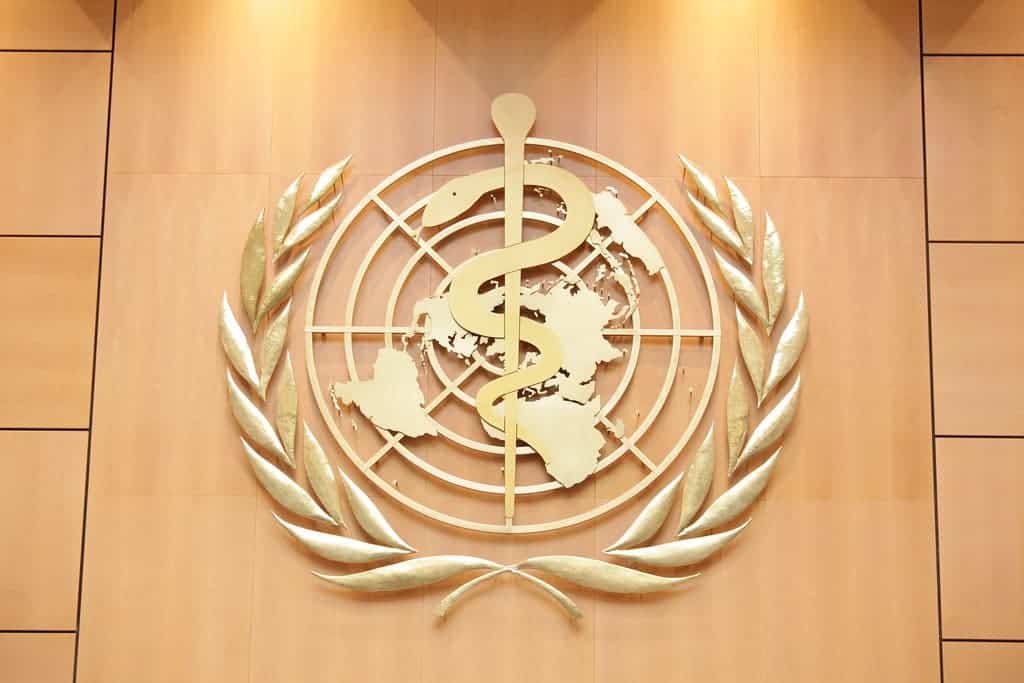The pandemic is “nowhere near over,” cautions the Director general of the World Health Organization (WHO), Tedros Ghebreyesus.

Ghebreyesus’ statement, issued Monday at the World Health Summit in Berlin, comes against a backdrop of countries reporting record numbers of new infections, especially in the 24 hours leading to the statement. This dramatic increase in cases is largely fueled by the more infectious Omicron strain and is already pushing governments to take more action against the virus.
Still here, going nowhere
“The pandemic will end when the world chooses to end it. It is in our hands, we have all the tools we need: effective public health tools and effective medical tools,” he added.
Several countries around the world are looking at staggering rates of daily new coronavirus cases. In the United States, the number of new cases has once again reached 1 million per day on January 18, after slightly dipping below that over the last week.
Europe is not faring very well either. Germany has blazed past 100,000 new cases per day, and reports from France show that it has passed 460,000. In the rest of the world, Brazil has shattered its previous record of new cases, reaching over 135,000 new cases.
The Omicron strain is considered to drive a large percentage of these cases. Due to its infectiousness, the WHO estimates that it will infect half of all Europeans by March. That is an understandably chilling prospect for lawmakers, who fear that high infection rates will translate into a much higher number of people seeking medical help; hospitals are already struggling to handle COVID-19 patients, and a sizable increase in demand could swamp healthcare services on a wide scale.
Governments around the world are already ramping up efforts against the virus by instituting new containment measures and speeding the rollout of vaccine boosters.
“Omicron may be less severe, on average, but the narrative that it is a mild disease is misleading,” Ghebreyesus added on Tuesday.
Omicron is currently responsible for over 70% of new cases, at least in Europe — but likely elsewhere as well.
These developments come just a few days after the two-year anniversary of the first known death caused by COVID-19, on January 11, 2020. Since then, the virus has claimed over 5.5 million lives according to official records, but likely more.
In light of these developments, the World Tourism Organization cautioned businesses and lawmakers in Europe not to expect foreign arrivals to return to their normal volume until 2024 at the earliest. Tourism and travel inside the EU remain affected as well, due to both disruptions in air travel and local containment measures.
Other areas of the world have also tightened restrictions for international and local travel in a bid to control the spread of the virus. One exception seems to be China, which marginally relaxed some internal travel restrictions in preparation for the Lunar New Year holiday later this month.






